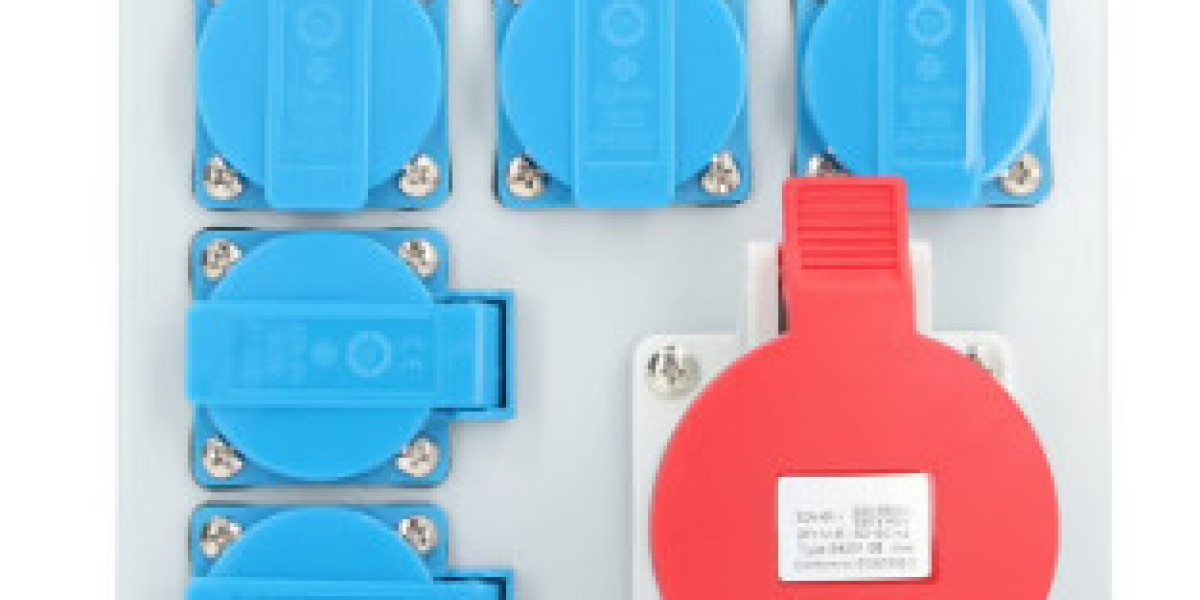Dianabol Dbol Cycle: Best Options For Beginners And Advanced Users
D
The letter "D" marks the beginning of a range that contains many terms and concepts we’ll explore in this guide.
From D for "Dosing" to D for "Drug" itself, it’s a gateway into the world of pharmaceutical science.
---
Dianabol
Dianabol (methandrostenolone) is a well‑known anabolic steroid used historically by athletes and bodybuilders to boost muscle growth.
Although it has no direct medical indication today, its chemistry illustrates how small structural tweaks can profoundly affect potency, duration, and side‑effect profile.
---
Dianabol (expanded)
Chemical Basis
- Core Structure: The 4‑enestrane skeleton with a methyl group at C17α.
- Key Functional Groups:
- Methyl at C19 → enhances lipophilicity, reducing hepatic metabolism.
Pharmacokinetics
- Absorption: Lipid‑soluble, absorbed rapidly via the GI tract; bioavailability ~70 % when taken orally.
- Distribution:
- Crosses cell membranes readily due to lipophilicity.
- Metabolism:
- Phase II: Conjugation (glucuronidation, sulfation) enhances excretion.
- Excretion:
2.2 Interaction with Receptor-Mediated Pathways
- The metabolite’s high affinity for androgen receptors (ARs) activates transcription of AR‑responsive genes, notably those regulating the KRT5 and KRT14 genes.
- KRT5/KRT14 upregulation leads to increased synthesis of keratin proteins 5 and 14, which form intermediate filaments essential for basal cell integrity.
- Basal cells differentiate into suprabasal layers; the presence of KRT14 in suprabasal cells may signal a shift toward a more proliferative phenotype.
2.3 Modulation of Gene Expression
| Target | Effect | Mechanism |
|---|---|---|
| KRT5 | Upregulation | Transcriptional activation via keratinocyte-specific transcription factors (e.g., p63). |
| KRT14 | Upregulation in suprabasal cells | Aberrant expression driven by activated signaling pathways (MAPK, PI3K/AKT). |
| TP53 | Potential downregulation or functional loss | DNA damage from metabolites may impair p53-mediated apoptosis. |
| MMPs | Induced expression | Inflammatory cytokines stimulate matrix remodeling enzymes. |
The net result is a disrupted epidermal barrier, with increased proliferation of basal keratinocytes and decreased differentiation.
---
3. Clinical Implications
3.1 Skin Manifestations in Neurofibromatosis Type I
Patients with NF1 often present with:
- Café-au-lait macules: Hyperpigmented spots that enlarge over time.
- Dermal neurofibromas: Benign tumors arising from peripheral nerves, appearing as flesh-colored nodules on the skin’s surface.
- Optic pathway gliomas: Tumors along the optic nerve, potentially causing visual impairment.
5.1.2 Hypothesis: NF1 Mutation Alters Epidermal Differentiation
Given that the NF1 gene product, neurofibromin, negatively regulates RAS signaling, a loss-of-function mutation would lead to hyperactive MAPK/ERK pathways. In keratinocytes, this could mimic chronic growth factor stimulation, resulting in increased proliferation and delayed differentiation. The epidermis might thus develop a thickened basal layer with a reduced number of differentiated cells, predisposing to neoplastic transformation.
This hypothesis aligns with observations that NF1 mutations are associated with cutaneous manifestations such as café-au-lait spots and neurofibromas, suggesting an underlying alteration in skin cell proliferation and differentiation.
---
3. Integrating the Two Perspectives
3.1 Common Ground: Proliferation vs Differentiation Balance
Both perspectives converge on a central theme: the delicate balance between cell proliferation and differentiation is pivotal for maintaining tissue homeostasis. In the cancer biology framework, this balance is disrupted by oncogenic signals (e.g., RAS/MAPK activation) that push cells toward uncontrolled growth at the expense of normal differentiation pathways.
In the skin biology context, the same signaling pathways regulate keratinocyte proliferation and differentiation. Overactivation can lead to hyperproliferative skin disorders or predispose cells to malignant transformation.
3.2 Interplay of Signaling Pathways
The RAS/MAPK cascade is a common denominator in both disciplines:
- Activation: Leads to transcriptional programs favoring cell cycle progression, proliferation, and survival.
- Feedback Inhibition: Mechanisms (e.g., induction of negative regulators like SPRY2) are crucial for maintaining homeostasis. Dysregulation can result in unchecked growth.
4. Translational Implications: Therapeutic Opportunities in Skin Disorders
4.1 Targeting MAPK Signaling in Hyperproliferative Dermatoses
Hyperproliferative skin conditions—psoriasis, atopic dermatitis (AD), and cutaneous squamous cell carcinoma (cSCC)—share a common feature: aberrant keratinocyte proliferation driven by dysregulated signaling pathways, including MAPK. Therapeutic strategies that modulate these pathways could ameliorate disease.
4.1.1 Small-Molecule Inhibitors of the MAPK Pathway
- MEK Inhibitors (e.g., trametinib) and ERK Inhibitors have shown efficacy in cSCC models by reducing proliferation and inducing apoptosis.
- Targeted delivery via topical formulations could minimize systemic exposure.
4.1.2 Upstream Modulators
- EGFR Antagonists: EGFR is a key upstream activator of MAPK; inhibitors (e.g., cetuximab) reduce downstream signaling, improving outcomes in cSCC and certain inflammatory skin diseases.
- PI3K/AKT Pathway Inhibitors: Cross-talk between PI3K/AKT and MAPK suggests that dual inhibition may yield synergistic effects.
4.2 Downstream Effector Modulation
4.2.1 Mitogen-Activated Protein Kinase-Activated Protein Kinases (MAPKAPKs)
- MAPKAPK-2: Phosphorylates NFAT and other transcription factors; small-molecule inhibitors may dampen hyperactive gene expression in inflammatory skin disorders.
- MAPKAPK-3/5: sistemagent.com Modulate cytokine production; potential therapeutic targets.
4.2.2 Transcription Factors
- NFAT: Targeted by calcineurin inhibitors (cyclosporin A, tacrolimus); effective in psoriasis and atopic dermatitis but with side effects.
- CREB/ATF: Modulated by PKA; potential for selective modulation of immune responses.
4.2.3 Effector Molecules
- Interleukin-23 (IL-23): Blockade improves psoriatic lesions; biologics targeting IL-23 are emerging.
- IL-17A/F: Central to psoriasis pathogenesis; inhibitors (secukinumab, ixekizumab) have high efficacy.
6. Therapeutic Strategies Targeting cAMP/PKA Pathway
| Strategy | Target | Rationale | Current Status / Challenges |
|---|---|---|---|
| Phosphodiesterase inhibition | PDE4 (and other PDEs) | Sustains intracellular cAMP → increased PKA activity, anti‑inflammatory effects | Topical PDE4 inhibitors (apremilast topicals under development). Side effects: nausea, headaches; topical reduces systemic toxicity. |
| cAMP analogues | Direct activation of PKA or selective inhibition of EPAC | Mimic high cAMP levels; can bypass upstream receptor/adenylate cyclase steps | Difficult to deliver across cell membranes; potential off‑target effects on cardiac cells. |
| PDE4 activators (hypothetical) | Increase PDE activity → lower cAMP → decreased PKA activity? | Not feasible, would counteract anti‑inflammatory benefits. | |
| EPAC inhibitors | Prevent EPAC-mediated pro‑inflammatory pathways while preserving PKA | Emerging field; selective EPAC inhibitors could reduce inflammation without impairing vasodilation. | Preclinical data limited; safety profile unknown. |
4.3 Practical Recommendations for Dermatologists
- Use of Topical NSAIDs and Systemic Acetaminophen
- Acetaminophen is safe for systemic analgesia; however, avoid combination with other CNS depressants.
- Avoiding Overlap in Analgesic Regimens
- Consider alternative agents (e.g., topical lidocaine) if the patient is at high risk for GI complications.
- Monitoring for Systemic Effects in Dermatologic Conditions
- In patients on chronic NSAID therapy, monitor for renal function before initiating large doses of paracetamol.
- Education on Proper Dosage and Timing
- Clarify that the half‑life of 1–2 h for both drugs does not preclude accumulation if dosing intervals are too short.
---
Bottom Line
- Pharmacokinetics: Both paracetamol and many NSAIDs have a short half‑life (~1–2 h) but can accumulate with frequent dosing.
- Interaction Potential: The main concerns are hepatotoxicity from overlapping metabolism (especially in patients with liver disease or alcohol use) and additive renal/bleeding risks.
- Clinical Guidance: Use the lowest effective dose of each drug, avoid unnecessary co‑administration, monitor for signs of liver injury or renal dysfunction, and consider alternative pain management strategies when appropriate.








